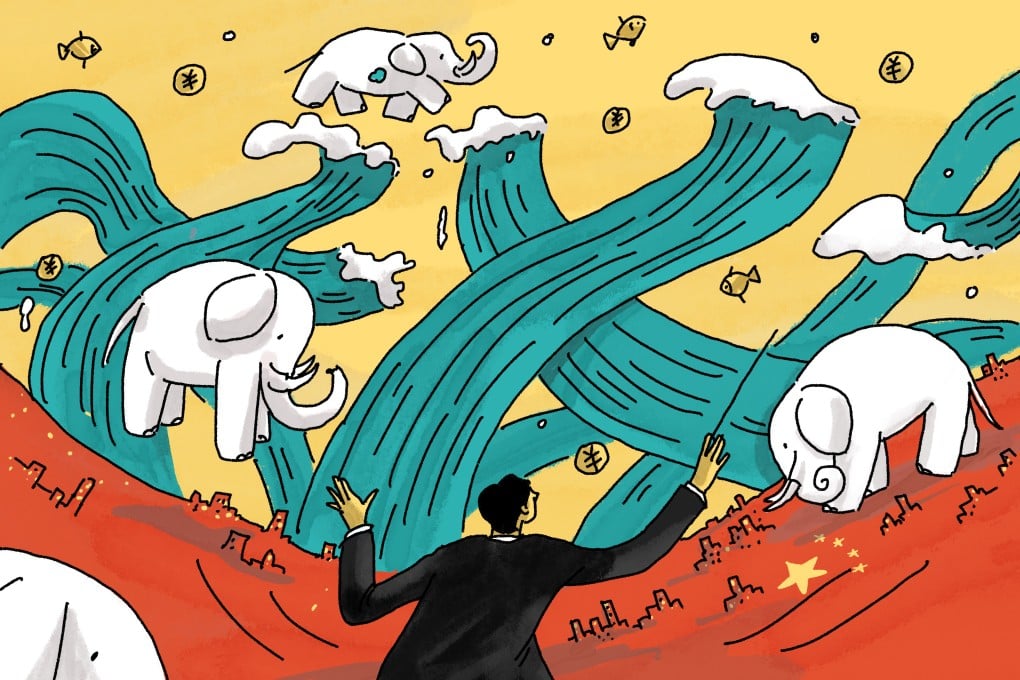Exclusive | How China’s can-do attitude on canals opens the door to white elephants
Local governments seeking economy-boosting infrastructure projects are pitching costly waterways, ushering in a ‘grand canal era’ and raising eyebrows

In recent weeks, China has been awash with headlines about how it has waded into a “grand canal era”. But a closer look at canal projects across the country tells a more winding and impactful story.
Having already completed a comprehensive network of high-speed railways that service most cities with at least 500,000 people, as well as expressways that connect almost every town, China is poised to see a flood of infrastructure projects comprising canals that link all waterways in the country, according to the prevailing narrative.
Meanwhile, proposals have been floated in the government plans of three inland provinces to spend more than 545 billion yuan on canals, and local-level delegates have repeatedly pitched such plans to the country’s top legislature.
With the world’s second-largest economy enduring a prolonged stretch of slow growth, mainly resulting from a crippling property crisis, massive investment in infrastructure is once again being served up as a panacea. From 2008-09, the bulk of a 4-trillion-yuan stimulus package mostly went to infrastructure projects as a means to shield the country from the spillover effects of the global financial crisis.